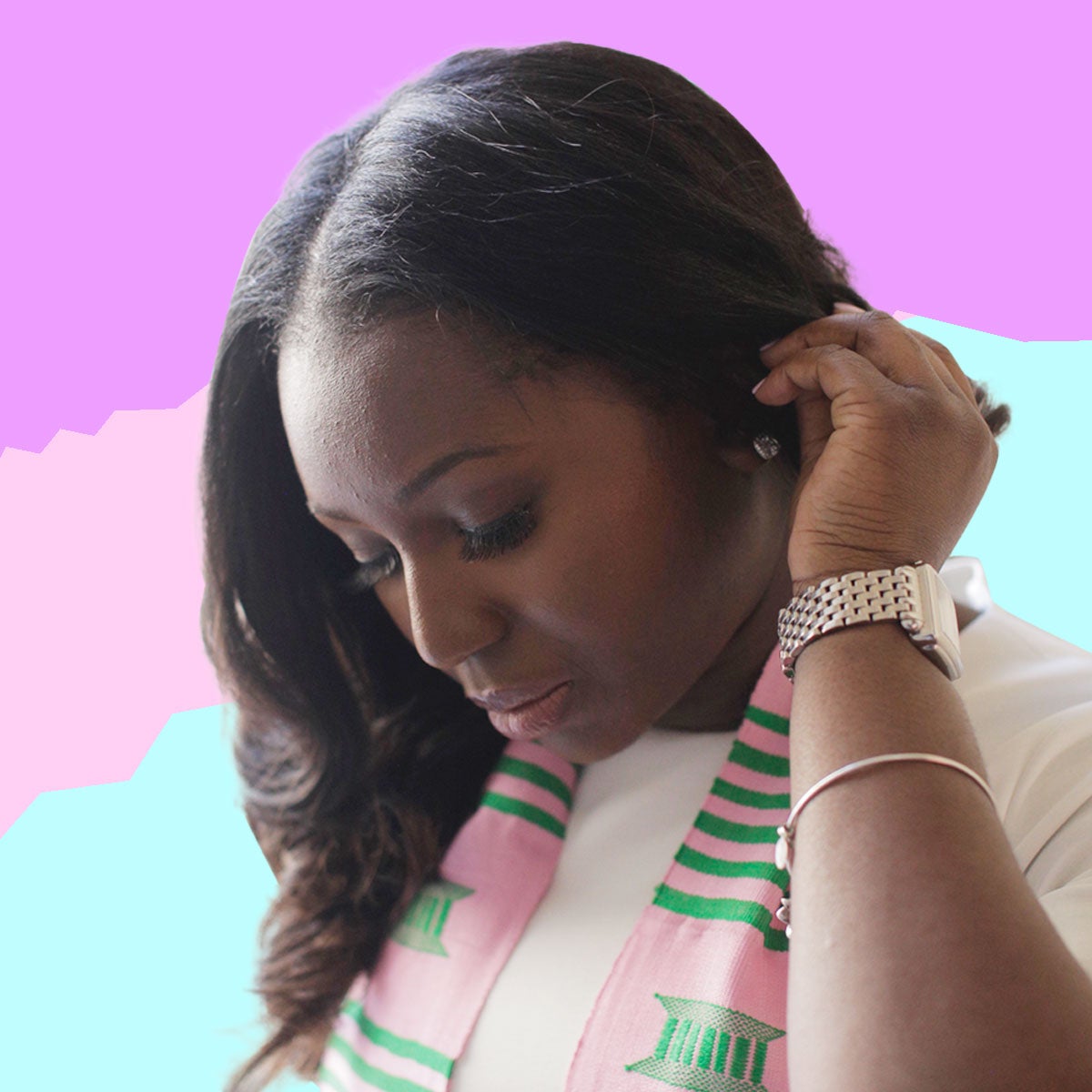It was a Thursday when the news broke that we would be allowed to wear ponytails at work. This directive might sound odd for people who are in other industries, but for the women who make up the U.S. Navy, it was a welcome change. In the announcement, the NAVADMIN, the Navy’s administrative office, detailed all the revisions to the military branch’s
hair regulation policy for female service members.
Up until recently, we had been allowed to wear ponytails only with physical training attire. Now—as with braids, cornrows, neat buns, short cuts, low Afros, weaves and wigs—we can wear ponytails with any uniform.
Buns larger than four inches in diameter used to earn you a rebuke for defying regulations, but now the hairstyle can be as wide as the back of a service member’s head. Finally, dreadlocks are now an acceptable option for Navy women.
The Marines and the Army had adopted this policy some years ago.
To many civilians, it may seem weird that the military must specify certain hair requirements. Natural hair especially has faced its share of regulation.
Black women have been told they must conform to European standards of beauty since the first edge on the first African-American female service member started to sweat out.
As a lieutenant in the U.S. Navy, I proudly serve as a dentist in Norfolk, Virginia. I am new to active duty, having been on reserve status while completing dental school at Columbia University in New York City. I have always experimented with different hairstyles, and my look has often reflected my degree of autonomy at the time. Let me explain.
While I was growing up in Nigeria, my mom would relax my hair, twist it with braiding wire and do all sorts of styles for me. I would oblige because in Nigeria, kids are rarely allowed to offer input. When we moved to the United States when I was 4, I continued to endure a variety of hairstyles under my mom’s heavy hand.
I was 21 and a junior at the University of Maryland, College Park when I decided to quit chemically relaxing my hair and undergo the Big Chop. I had just learned about the dangers of perms and feared losing my edges and being shunned because of it, so I gave up on the creamy crack and drank the naturalista Kool-Aid. For protective styling, I opted wear cornrows with extensions.
In dental school, I would switch between a long weave and my Afro or an Afro ponytail. When I graduated from dental school and went to Rhode Island for Officer Development School, I returned to wearing cornrows with extensions because I knew I would have to face the Navy’s 500-yard swim test, among other physical activities.
Upon moving to San Diego for my advanced education in general dentistry residency, I switched between wearing my extensions in a bun and donning what I call a wash and go, in which I would condition my hair and then slap as much gel and edge control to manipulate my curly coils into a sleek bun.
Let’s not pretend that the military is the only organization that has hair regulations. Ours have simply been put into writing, though the rules can, and often do, change with the times. Compare our regulations to the
unwritten codes that police how African-Americans wear their hair. Superiors may make comments or we may just assume we have to adhere to respectability politics.
I have girlfriends who must seriously think about how to wear their natural hair when going on interviews for medical school, meeting new clients or prospective employers or arguing a tough case in court because of how their hair might be perceived by those they will interact with. It is a concern that few other groups have. Our natural hair is so diverse in texture, length, porosity and thickness that we use many different types of products to achieve a plethora of hairstyles.
And while there is still a lot of work that needs to be done, this new policy leaves me optimistic about where we are and what the future holds.


